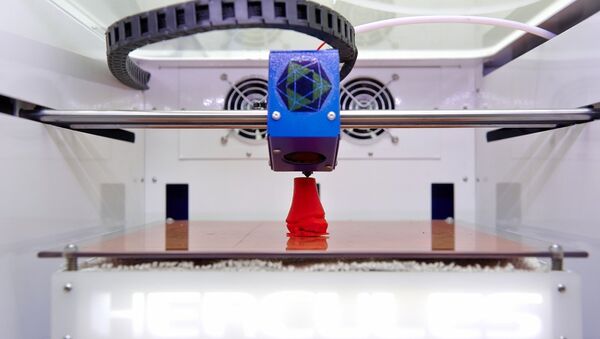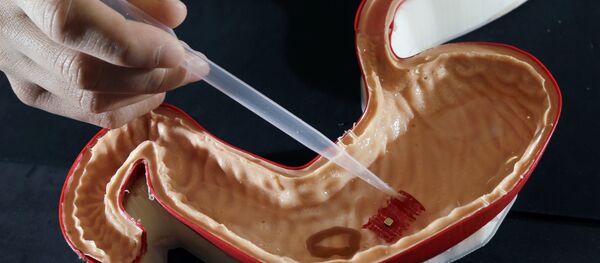This technology may result in a significant breakthrough in orthopedics because it would essentially make introducing xenogeneic materials into patients’ bodies unnecessary, Russian newspaper Rossiyskaya Gazeta reports.
"Creating synthetic bones from biocompatible materials tailored to suit anatomic and morphofunctional characteristics of individual patients will become a 'golden standard' of orthopedics in the near future; it would also help avoid using xenogeneic materials to treat pathology. Additive prototyping allows manufacturing products of virtually all shapes and sizes. All we need is a technology for processing biopolymer material for printing,” head of the SFU Medical Biology Department Ekaterina Shishatskaya said.
Furthermore, the scientists have managed to discover a way to apply polymer material without altering the chemical structure or using an adhesive compound, Konstantin Kisterskiy, a member of the research team, added.
He also said that the researchers are trying to develop the best implementation method for this technology, basing their experiments on physic-mechanical properties of Bioplaston – biodegradable polymer that was first synthesized by Krasnoyarsk biologists several years ago.


